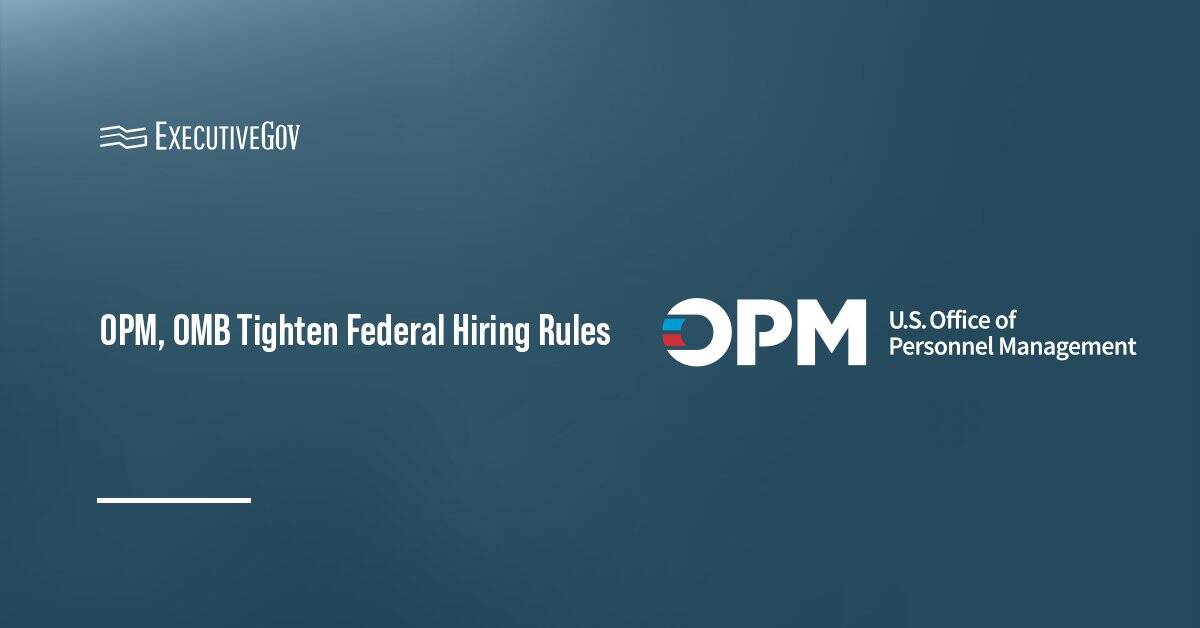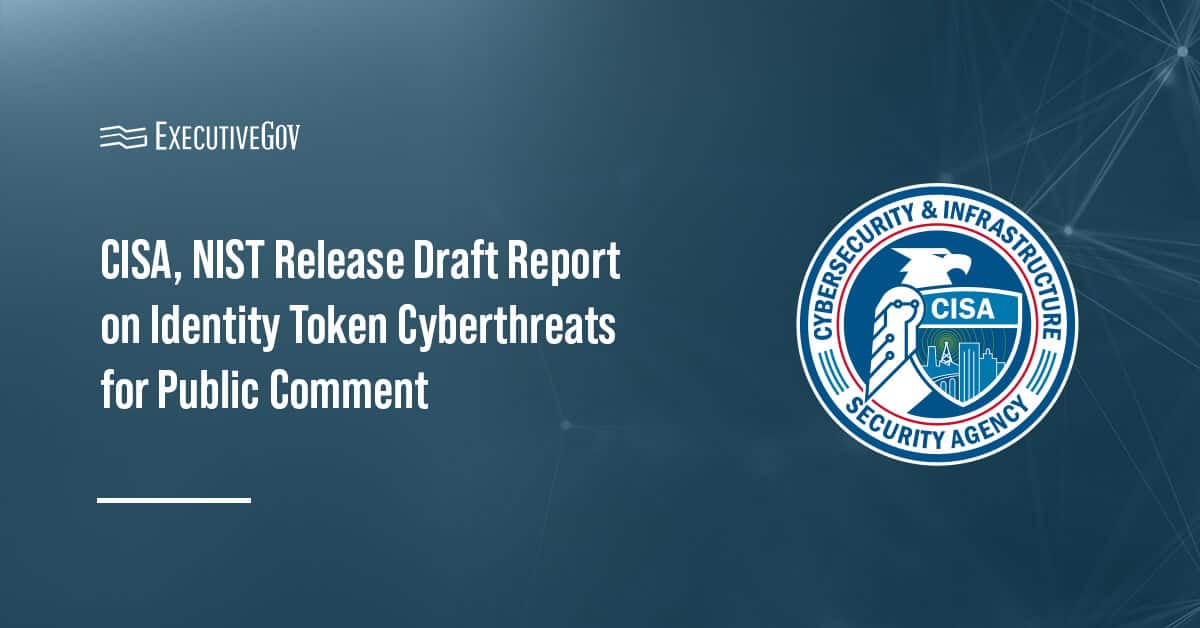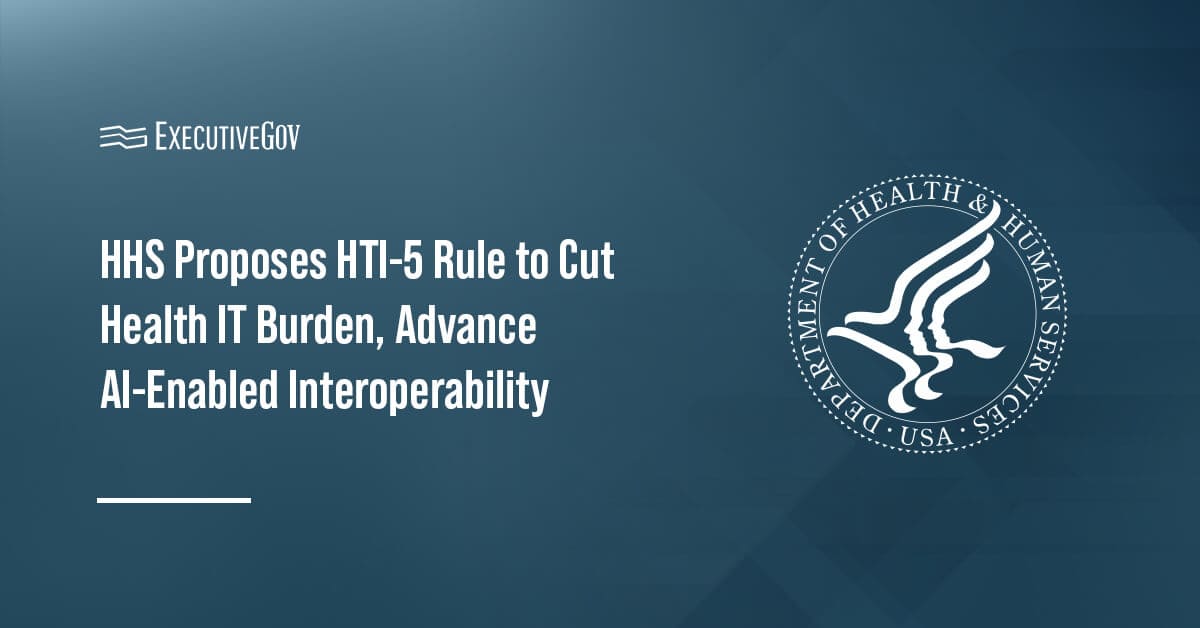The Office of Personnel Management and the Office of Management and Budget have issued new guidance imposing strict oversight on federal hiring, requiring agencies to justify every position against administration priorities and maintain limits on new hires until detailed staffing plans are approved.
The memorandum, released Wednesday, outlines the implementation of Executive Order 14356, “Ensuring Continued Accountability in Federal Hiring,” and is part of the administration’s broader effort to reduce the federal workforce and align hiring with national security, immigration enforcement and public safety missions.
Table of Contents
What Does the New OPM-OMB Memo Require?
Under the new directive, all agencies must form strategic hiring committees by Nov. 17. The committees, which must include the deputy agency head and chief of staff, will review and approve every new or refilled vacancy to ensure hiring decisions support presidential priorities.
The guidance also requires agencies to prepare annual staffing plans at the start of each fiscal year and submit quarterly updates to OMB and OPM. For fiscal year 2026, the annual plan must be submitted no later than Dec. 1.
Until plans receive approval, agencies are subject to a four-to-one hiring ratio, allowing one new employee for every four who depart. The rule applies to fiscal year 2026 departures but exempts positions tied to national security, immigration enforcement and public safety.
The memorandum applies to all executive departments and agencies, excluding military personnel, the Executive Office of the President and intelligence community agencies. OPM may grant limited exceptions or allow agencies to offset hiring by cutting contractor positions.
How Does This Affect OPM’s Push for Tech Talent?
The tighter hiring controls come as OPM pursues a shift toward recruiting technology specialists, particularly in artificial intelligence, to modernize government operations, Federal News Network reported.
At the National Academy of Public Administration conference, OPM Director Scott Kupor stressed that the government must attract digital talent and adopt modern systems to prevent agencies from lagging behind the private sector. “The world is going to get supercharged with the introduction of AI,” Kupor said. “I think the thing that government has to do is not be the last dinosaur.”
Kupor said OPM plans to recruit based on skill sets rather than traditional job classifications and centralize hiring for technical positions to streamline the process. He urged agencies to embrace incremental innovation, using technology to make their work “5% better or 10% better,” instead of waiting for large-scale AI plans.
Why Is Early-Career Recruitment a Concern?
Kupor’s hiring priorities come amid a shrinking and aging workforce. OPM data shows that more than 200,000 employees have left federal service this year, with the total workforce projected to fall from 2.4 million to 2.1 million by year’s end. Fewer than 10 percent of federal employees are under 30.
To address this gap, OPM plans to expand early-career recruitment and encourage career mobility between the public and private sectors. Kupor said future hiring must focus on flexibility and skills-based pathways to attract younger professionals and rebuild critical technical capacity.





